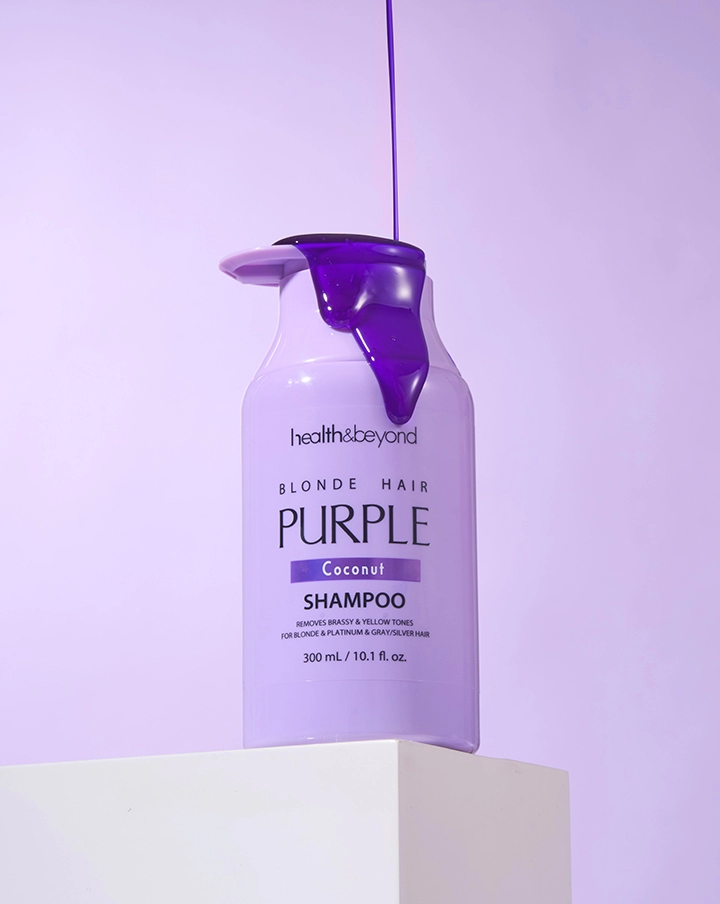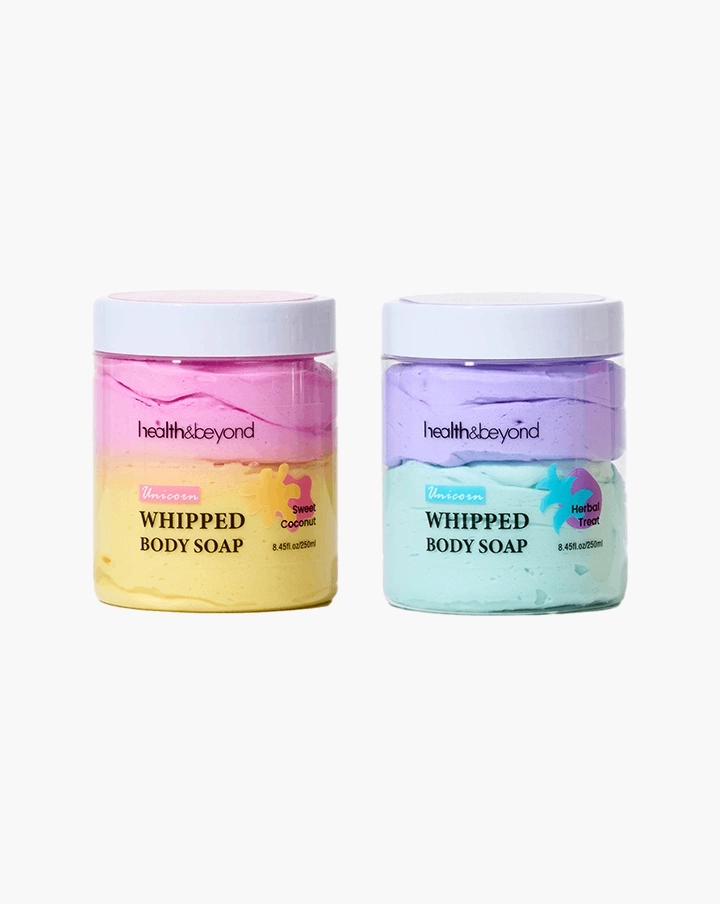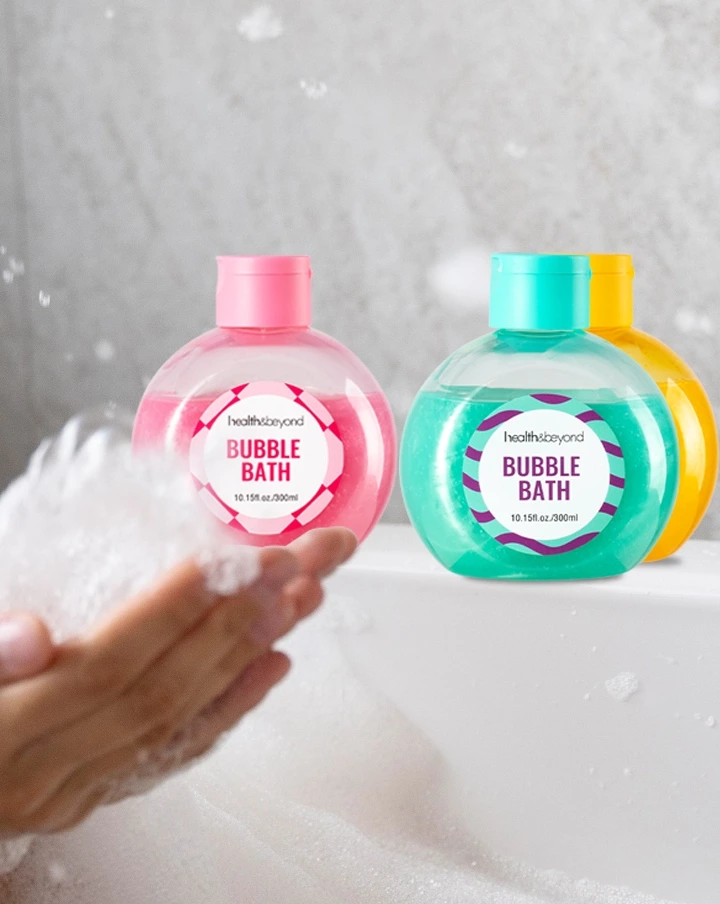Shower gel is one of the indispensable cleaning products in our daily life. There are a wide variety of shower gel products on the market, attracting consumers' attention with their various unique functions. Among them, many consumers believe that the more foam a shower gel has, the better the cleaning effect. However, is this concept correct? This article will explore from multiple aspects to reveal the truth about the relationship between shower gel foam and cleaning power.
Foam formation principle
The role of surfactants
To explore the cleaning effect of shower gel, we first need to understand the principle of foam formation. The foam in shower gel is mainly produced by surfactants (Surfactants). Surfactants are a class of chemical substances that can reduce the surface tension of liquids. Common ones include sodium lauryl sulfate (SLS) and sodium lauryl sulfate (SLES).
Foam formation process
When surfactants dissolve in water, their molecules will gather on the surface of water to form micelles (Micelle) structures, which can wrap grease and dirt to achieve the purpose of cleaning. During the stirring or rubbing process, air enters the water, and the surfactant molecules quickly gather on the surface of the bubbles, stabilizing the bubbles and producing a large amount of foam. However, there is no necessary direct connection between the amount of foam and the cleaning effect.

The relationship between foam and cleaning power
Many consumers tend to choose products with rich foam when choosing shower gels. This misunderstanding stems from the guidance of advertising and marketing. The rich foam in vision and touch makes people feel cleaner, but in fact, the amount of foam cannot directly measure the cleaning power. Some shower gel products produce a lot of foam by adding foaming agents, giving users a "looks very clean" feeling, but these foaming agents do not necessarily improve the cleaning effect. Excessive foam sometimes covers the skin and is not easy to rinse off, which may leave surfactant residues and irritate the skin.
Scientific analysis
Scientific research shows that cleaning power mainly depends on the type and concentration of surfactants, not the amount of foam. Some highly efficient surfactants also have excellent cleaning effects under low foam conditions. For example, some professional cleaning products with no foam or low foam can still effectively remove dirt and grease. Therefore, when choosing a shower gel, you should not simply pursue the amount of foam, but consider its mildness and the type that suits your skin type.
There is also a category of non-foaming or low-foaming shower gels on the market, which are usually milder and suitable for sensitive skin. These products often use non-ionic surfactants or other mild cleansers to reduce skin irritation and dryness while still maintaining a good cleansing effect.
Dermatologists and beauty experts usually recommend choosing a suitable shower gel product according to your skin type. For oily skin, you can choose a product with strong cleansing power, but be careful to avoid over-cleansing. For dry or sensitive skin, you should choose a mild, low-foaming or non-foaming product containing moisturizing ingredients to avoid skin irritation.
In summary, the amount of foam in a shower gel cannot directly determine its cleaning effect. The strength of the cleaning power mainly depends on the type and concentration of the surfactant, not the amount of foam. When choosing a shower gel, consumers should pay more attention to the ingredients and actual use effect of the product, rather than just relying on the richness of the foam. At the same time, scientific usage habits and reasonable skin care can also help us better maintain the health of our skin.
As a shower gel OEM, we are well aware that consumers have intuitive expectations for the amount of foam when choosing a shower gel. However, foam is not the only criterion for measuring the cleaning power of a shower gel. When developing products, we pay more attention to the types and mildness of surfactants to ensure that the needs of users with different skin types are met. We not only focus on the efficacy of the products, but also on safety, environmental protection and the design of innovative formulas to meet the diverse needs of the market and ensure that end consumers can get a satisfactory use experience.








 Previous news
Previous news






 WhatsApp
WhatsApp